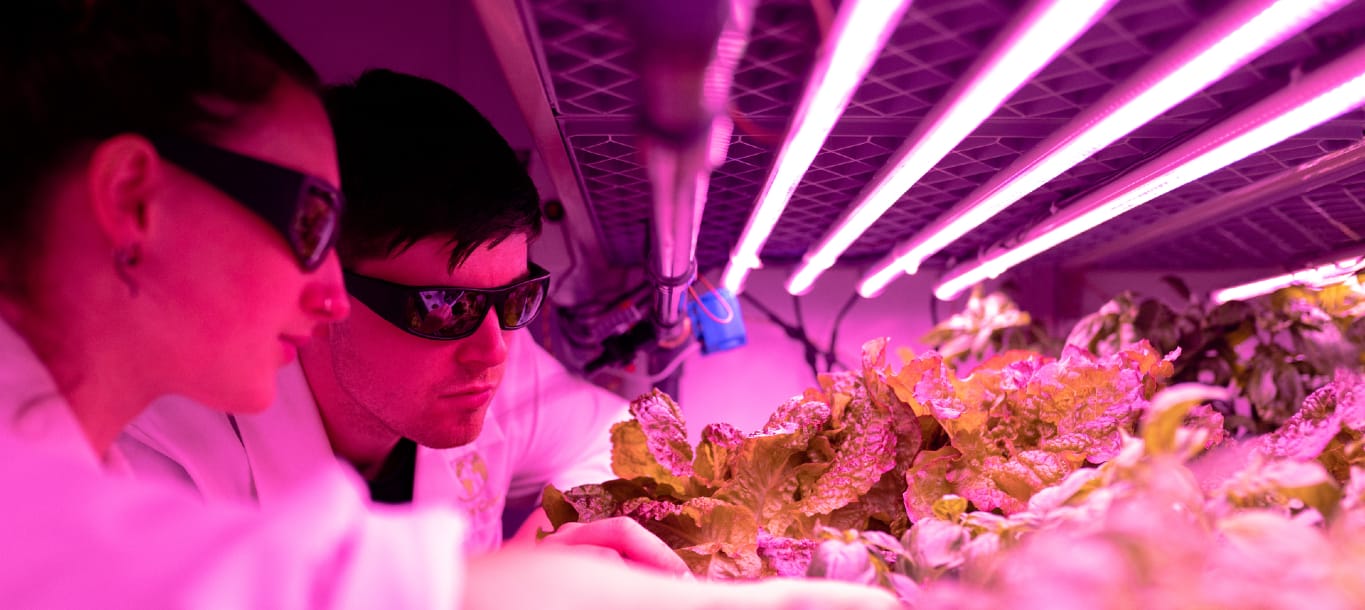What is an environmental scientist?
An environmental scientist is someone who identifies dangers to the Earth’s environment, and to the Earth’s inhabitants. Air and water pollution, global warming and deforestation are just three major dangers to the environment. Researching such dangers allows scientists to come up with strategies to reduce the impact of these toxins on the environment.
What’s the difference between environmental and climate scientists?
On the surface, the two roles appear to be quite similar. Both analyse data from the land, air and sea, and both identify dangers to the Earth’s environment. The research environmental and climate scientists collect is also used to influence government legislation. However, climate scientists focus specifically on the climate and climate change, while environmental scientists look at anything that may harm the Earth. Furthermore, while climate scientists study changes in the Earth’s climate over time, environmental scientists tend to focus on current and future trends.
What are the typical responsibilities of an environmental scientist?
Day-to-day responsibilities include: deciding the best data collection method, collecting and analysing samples of soil, water, air and other materials, conducting field surveys, interpreting and analysing data, preparing presentations that summarise the findings, and designing plans to mitigate the environmental impact. Senior environmental scientists have greater responsibilities, such as ensuring a project stays within budget and advising governmental officials on policies.
What skills do I need to be a successful environmental scientist?
To be a successful environmental scientist, you’ll need excellent written and verbal communication skills. This will allow you to summarise your findings in a clear and concise manner, and explain your research findings to those outside the field. You’ll also need excellent critical thinking skills, to weigh up the pros and cons of data collection methods, and strategies to mitigate the effects of environmental toxins. Finally, you’ll conduct the majority of your fieldwork independently, meaning you’ll need to have good self-discipline. Even if you’re collecting data in bad weather conditions, you’ll still need to remain optimistic and focused.
How do I become an environmental scientist?
To become an environmental scientist, you can complete an undergraduate degree in a subject like environmental science or environmental bioscience. It’s also possible to enter the field with a STEM degree, such as physics. To improve your chances of finding a job, you should gain some relevant work experience. NGOs, environmental charities, and local authorities are just a few examples of places offering work experience or volunteering opportunities.
An apprenticeship is a great way to gain hands-on, paid work experience. Apprenticeships such as the environmental practitioner degree apprenticeship provides students with paid work experience and free university education, with candidates receiving a qualification equivalent to an undergraduate degree. Amazing Apprenticeships have a number of resources for those considering the apprenticeship route.
